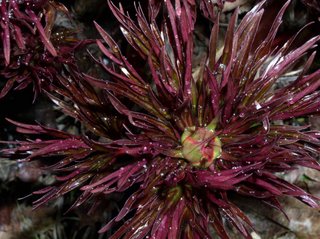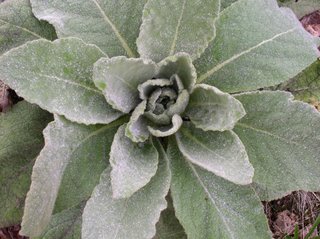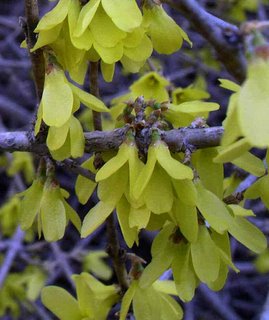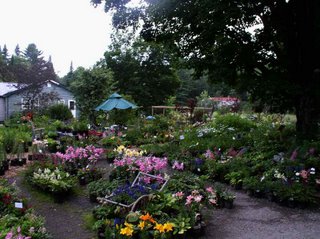 A beautiful day here above Peacham Pond. The sunrise was a surprise because even though it's crisp and clear out, the sun rose as a burst of yellow, rising quickly between the mountains. Last night's 25.7 degrees should soon be heading towards 50 as there's no wind this morning. At 6 o'clock the loons were calling back and forth between the reservoir and Peacham. I hear them daily until just before the ponds freeze again but still don't know what they are saying. Their calls remain an ancient mystery to me. Spring fever is evident in the downy woodpeckers and sapsuckers as the males continue to entertain their companions with special dances and splayed tail feathers.
A beautiful day here above Peacham Pond. The sunrise was a surprise because even though it's crisp and clear out, the sun rose as a burst of yellow, rising quickly between the mountains. Last night's 25.7 degrees should soon be heading towards 50 as there's no wind this morning. At 6 o'clock the loons were calling back and forth between the reservoir and Peacham. I hear them daily until just before the ponds freeze again but still don't know what they are saying. Their calls remain an ancient mystery to me. Spring fever is evident in the downy woodpeckers and sapsuckers as the males continue to entertain their companions with special dances and splayed tail feathers.Garden walks in the morning are better than any other time. The light is most clear then, and personal mind and sight are fresh from sleep and more open to processing new sights and sounds. The mornings are still cold now but later on, the night's dew will decorate leaves and flowers differently each day and new sights will become a daily challenge to find and enjoy.
Spring flowers come quickly now and each day brings more leaves and flowers. The Trillium grandiflorum are forming white buds, the hepaticas are in full bloom, and the common primulas have been in bloom for a week. Some of the epimediums are quickly growing new leaves and flowers simultaneously. Their flowers are difficult for me to describe and more difficult to take my eyes from. They are one of my favorite plants, a fairly new introduction to collections here and one plant that will continue in my favor.
I stopped for a moment this morning to look at the vernal spring adjacent to the standing stones.This is on the perimieter of the lower shade garden, towards the field. Some years this spring holds water into July but this year it won't make it. The water table is much lower now due to a dry winter. The spring was so erratic this year that even the peepers avoided laying eggs. I think I should build a bench of sorts so folks can stop and view the mass of boulders cast around the depression by farmers from past centuries as they cleared the fields of our ever abundant "glacial erratics".
Time is wasting, I thought. Have to get to work while the weather is so good. Just a quick stop in the peony nursery to check P. smouthi. Peonies are a great plant which gardeners are beginning to find out about again. We have over a hundred varieties in our collection now and probably have close to 200 plants, maybe more. I really like Smouthi because it is early to set buds and bloom and it has some great looking fern leaf foliage. It's a single red dating from Smout-Malines in 1843. It looks great this morning with 7 buds and more probable. I have to remember to bring down a piece of fence and surround it. For some reason, it ranks number one with the deer and previous years it's been cut back to the ground before we can enjoy it. Gardening in the spring is a busy time. Our intentions are fine, our accomplishments often off target a bit. Morning stroll journeys in the garden provide a regular opportunity to review and enjoy. This was great!
Better get to work!
George Africa
http:vermontflowerfarm.com







